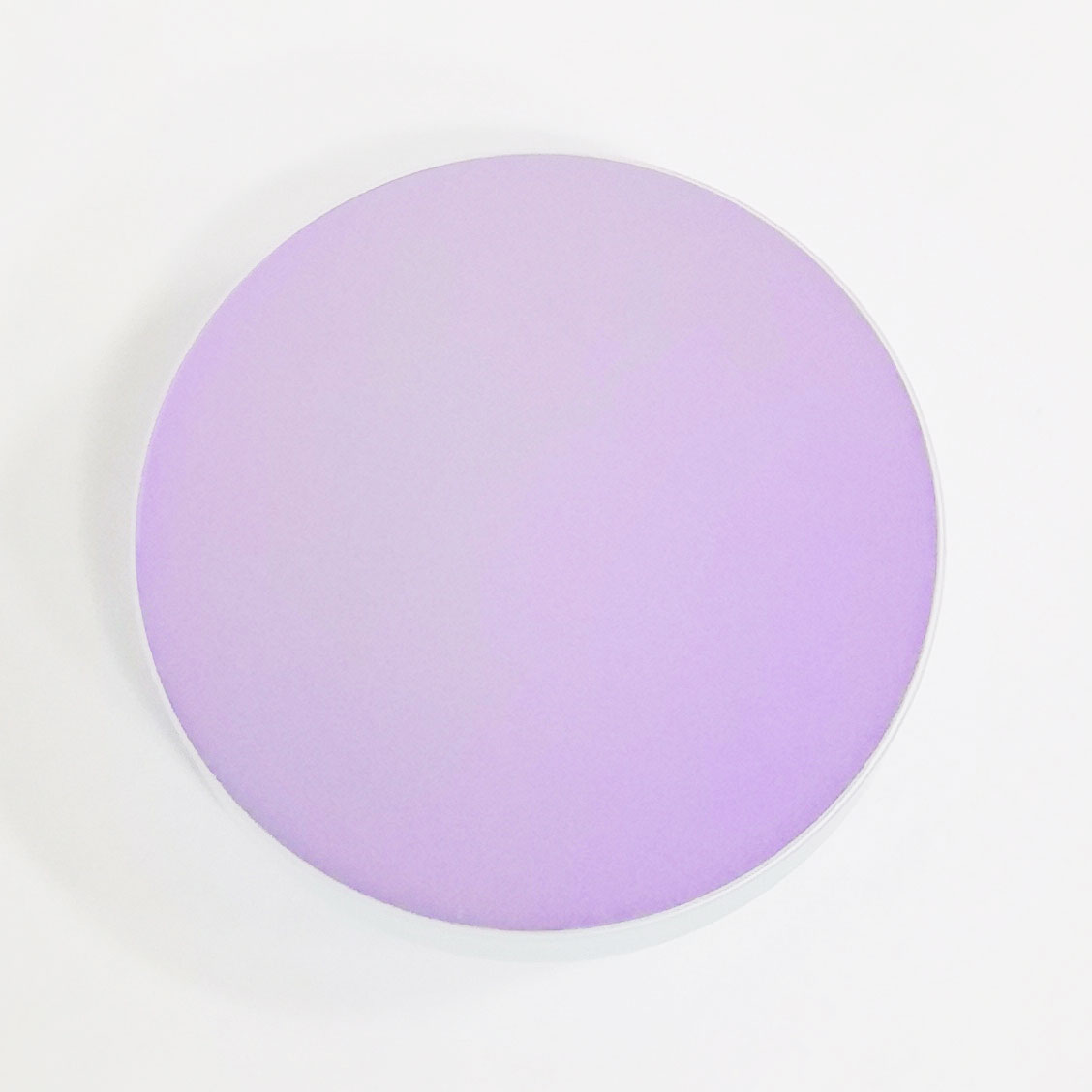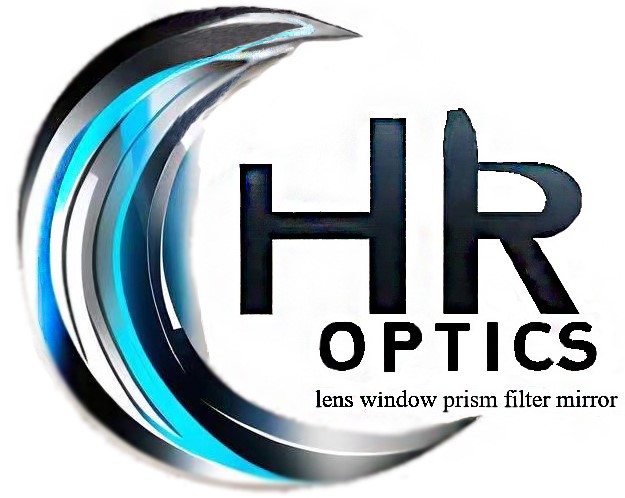
Dielectric high-reflection mirrors also known as interference coatings or thin film mirrors, are important components used in a wide range of optical systems. They can have a reflectivity of up to 99.5% and above at a specific range of incident angles and within a specified range of emission wavelengths. These mirrors are designed to reflect light of a specific wavelength while allowing other light to pass through the reflective surface. This property makes them indispensable in many optical applications, such as lasers, microscopes, telescopes, spectrometers, etc. The principle behind the function of dielectric mirrors lies in the interference of light waves. Unlike traditional mirrors that rely on metal coatings, dielectric mirrors are composed of multiple layers of dielectric materials. Constructed through a physical vapor deposition process, the materials used are selected based on different refractive indices to create a combination that can selectively reflect and transmit specific wavelengths. Dielectric high-reflection films are sensitive to the angle of incidence. When the AOI changes, the central wavelength also shifts, resulting in a sharp drop in reflectivity at the desired wavelength.
However, He Rui Optics can design broadband dielectric coatings, dual-wavelength dielectric coatings, etc. According to the requirements of improving the reflectivity at different angles of incidence.
He Rui optics can customize various high-precision mirrors, plane mirrors, concave mirrors, concave perforated mirrors, cylindrical mirrors, etc. according to the requirements of the drawings.
Substrates include but are not limited to K9, B270, fused silica.








 售前客服
售前客服